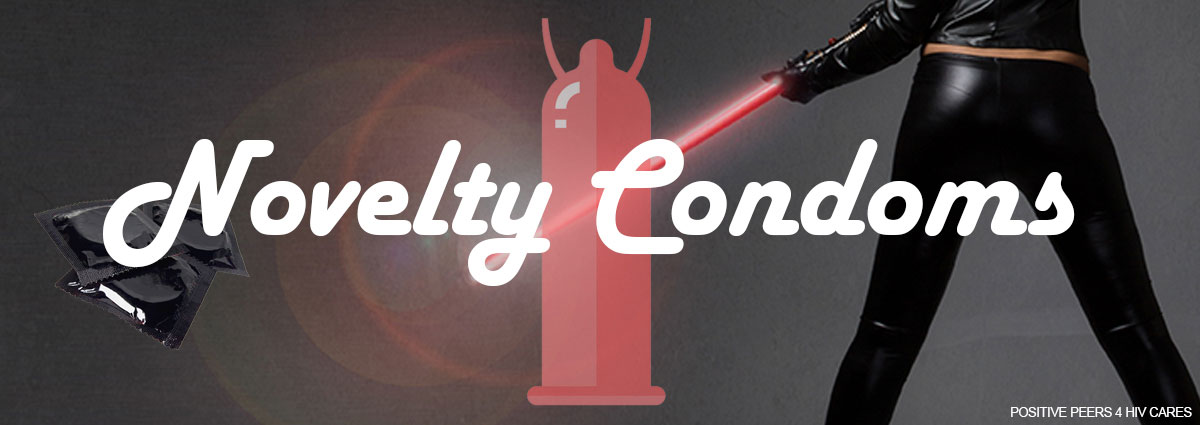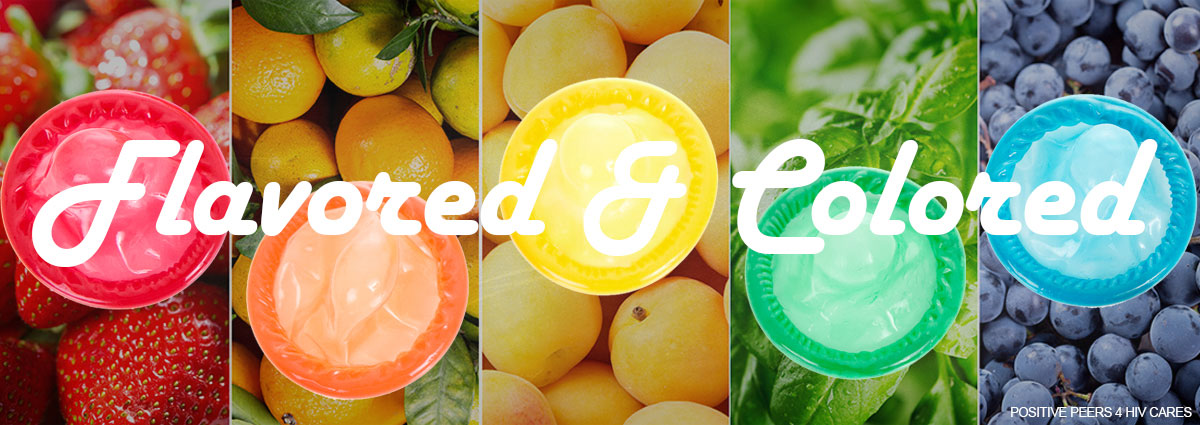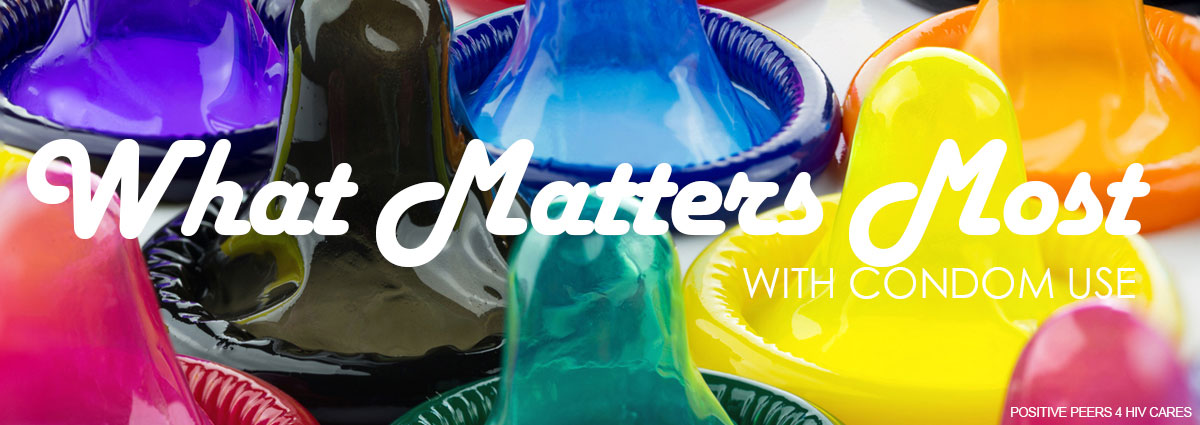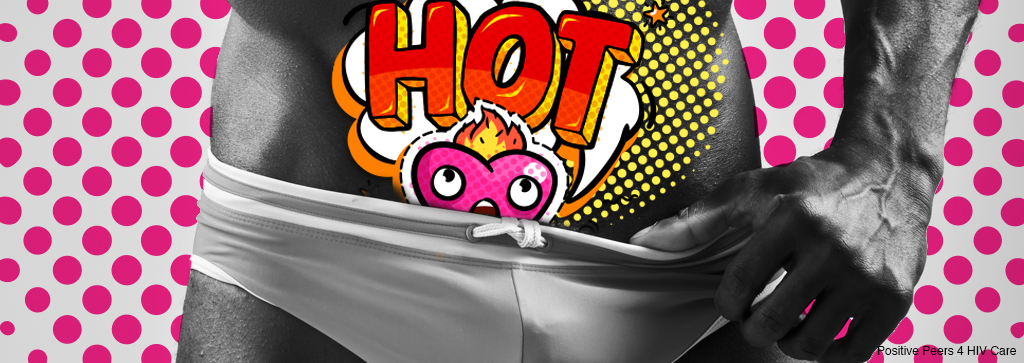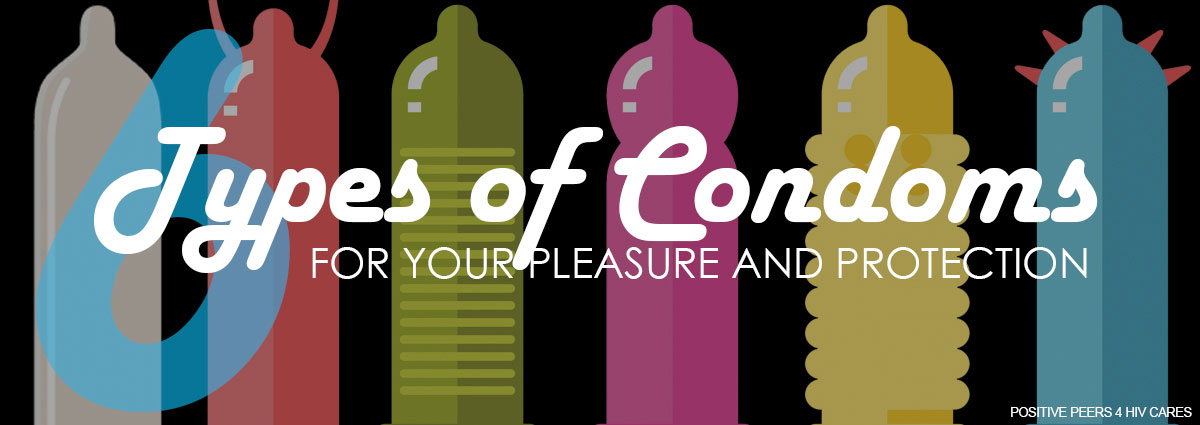
By: Jennifer McMillen Smith, LISW-S, HIV Social Worker at MetroHealth Medical Center and medically reviewed by Ann K. Avery, MD, Infectious Disease Physician at MetroHealth Medical Center
There are so many different kinds of condoms!
More condom choices let you be the master of your sexy time and subtract the risk of pregnancy and sexually-transmitted diseases.
That, and everybody’s different. No two people experience sex the same way. So, the more kinds of condoms, the better.
These are some of the most common kinds of condoms:
Novelty condoms
Giving a whole new meaning to the concept of swallowing, some condoms are edible. You roll one on and your partner licks it off like a lollipop. Can you say “pop”?! “French ticklers” have little points on the end to, you guessed it, tickle your mate’s naughty parts.
These kinds of condoms are lots of fun — but there’s one unfun thing about both of them: They don’t prevent pregnancy or STDs.
Another fun condom is the glow-in-the-dark condom. Take it out of the package, expose it to light and you guessed it: It glows like a lightsaber (electric swishing noises not included)! Now who’s your daddy Luke Skywalker? Hint: not me, because the Night Light brand is FDA-approved for preventing pregnancies and avoiding STDs 😉
Pleasure condoms
Ribs, bumps, and chemical reactions, oh my! All of these condoms improve sensation when you’re having fun between the sheets.
Some have ribs on the side or bumps on the tip. One condom brand even places the bumps strategically on one side near the tip to improve the pleasure of the person thrusting.
Need some tingling? There’s a spearmint condom that’ll improve the sensation for both partners. And warming condoms have a lubricant that heats up on contact with bodily fluids.
Flavored and colored
Strawberry, cherry, mint — flavors give your tongue a joyride. Colored condoms come in a rainbow of colors. If you want to try a fun challenge, you can even use a different color for each day of the week.
Check the labels on flavored and colored condoms to make sure they are approved for birth control and STD prevention. Also: Flavored condoms sweetened with sugar might cause yeast infections in women, so avoid those when having anal or vaginal sex!
Come join our private, stigma-free, supportive community.
Health management tools with medication & appointment reminders.
Social networking in a community conversation & private chats.
Latex: with and without
Standard condoms are made of latex — which is fine unless you have a latex allergy. Then you have to use non-latex condoms.
The main precaution with latex condoms is you can’t use them with oil-based lubricants, which can cause latex condoms to break. Instead, you need to use silicon-based or water-based lubes.
Non-latex condoms are made of polyurethane. They’re often sold in two sizes so you can get a much better fit. Just make sure your order matches your actual dimensions. Loose-fitting condoms don’t like to behave like they’re supposed to.
Some condoms are made from the skin of lambs. They may feel more natural or comfortable, but they’re no good at blocking STDs and they’re less effective at stopping pregnancies than standard condoms.
Spermicidal (or not)
These kill off sperm cells, giving an extra bit of pregnancy protection. But lots of folks are allergic to spermicide, so you need to make sure your partner isn’t before you try it out.
Internal condoms
These can be inserted into the vagina or anus before having sex. They give the person receiving more control of their sexual health. And, using an internal condom could prevent embarrassing fumbling around when the big moment arrives, because it can be put in up to a few hours ahead of time!
What matters most with condom use
Studies have found that FDA-approved condoms are free of leaks and do what they’re supposed to do. The trouble is human error:
- Not enough lube
- The wrong kind of lube
- Opening the wrapper with your teeth and damaging the condom
- Putting it on inside out
You have to use the right technique to make sure your condom works like it’s supposed to. We’ve got you covered with these Positive Peers articles:
Related Blogs:
